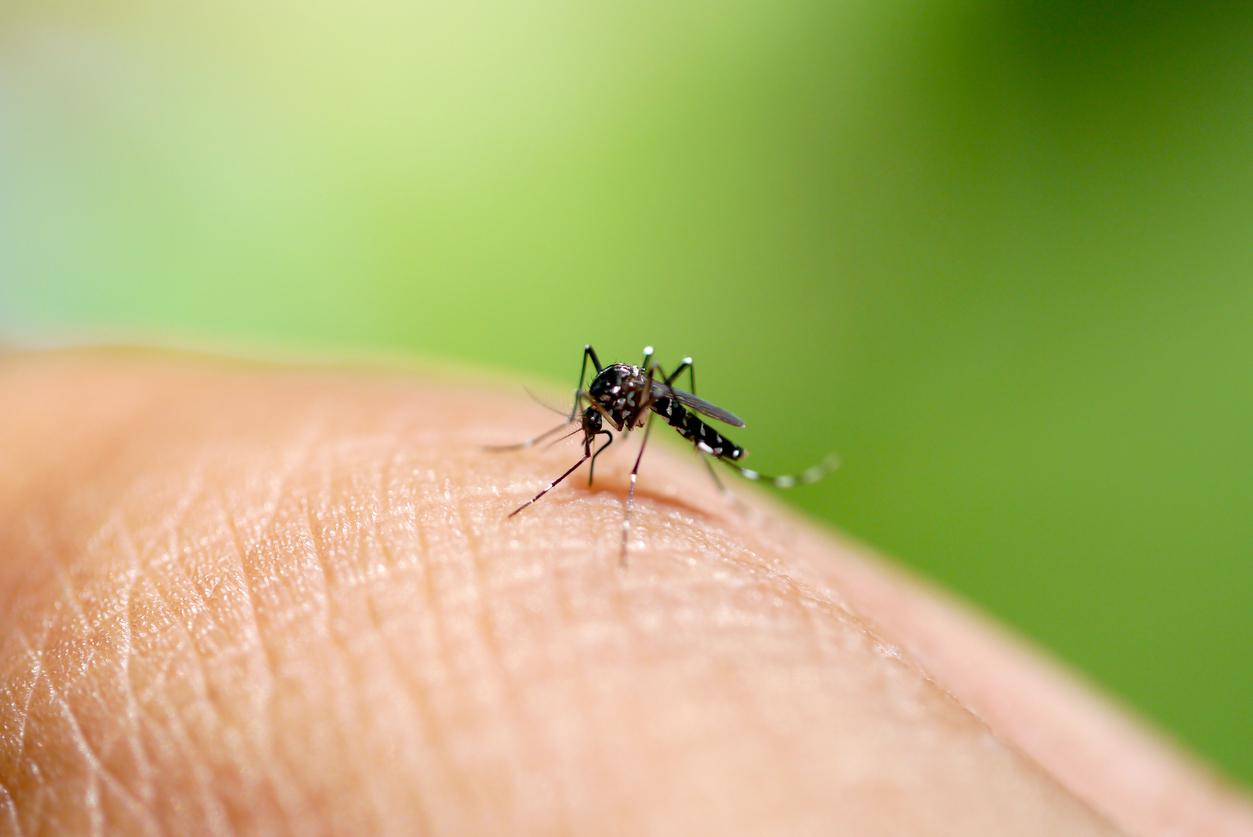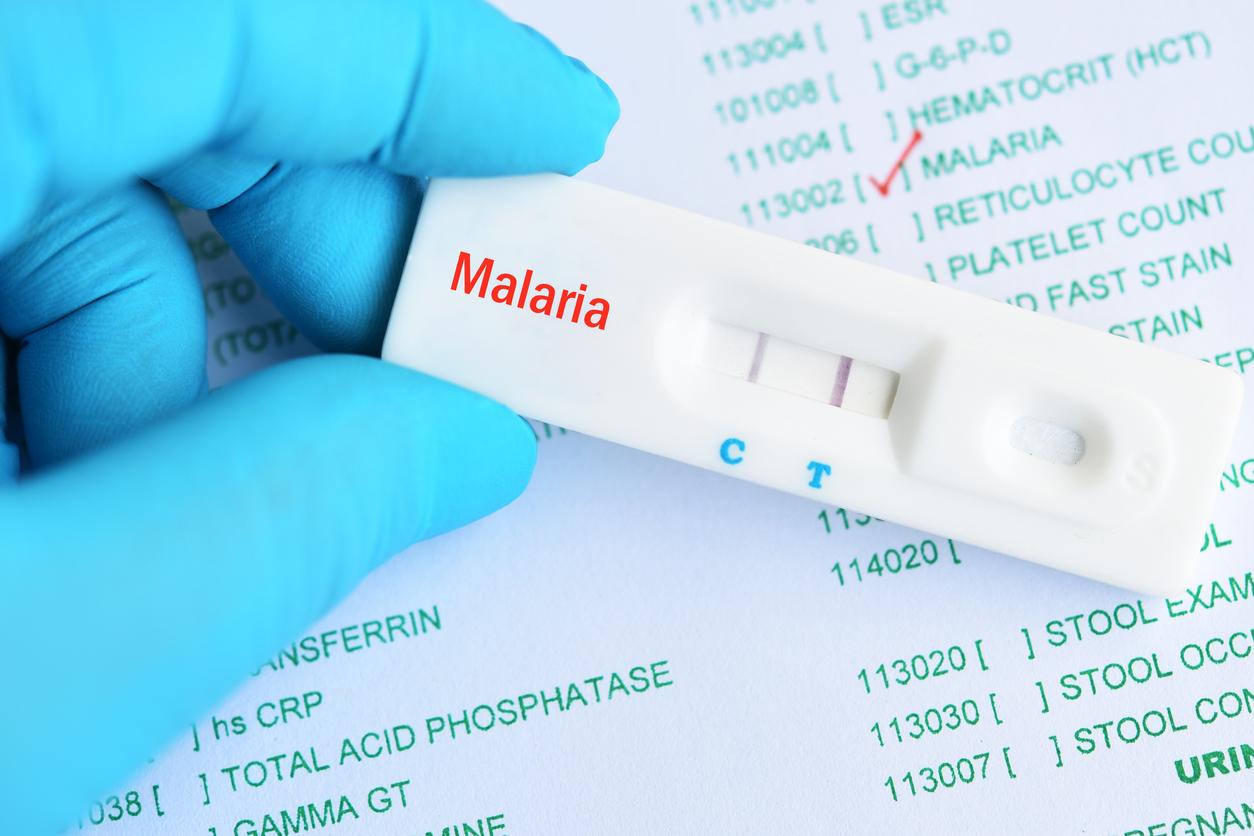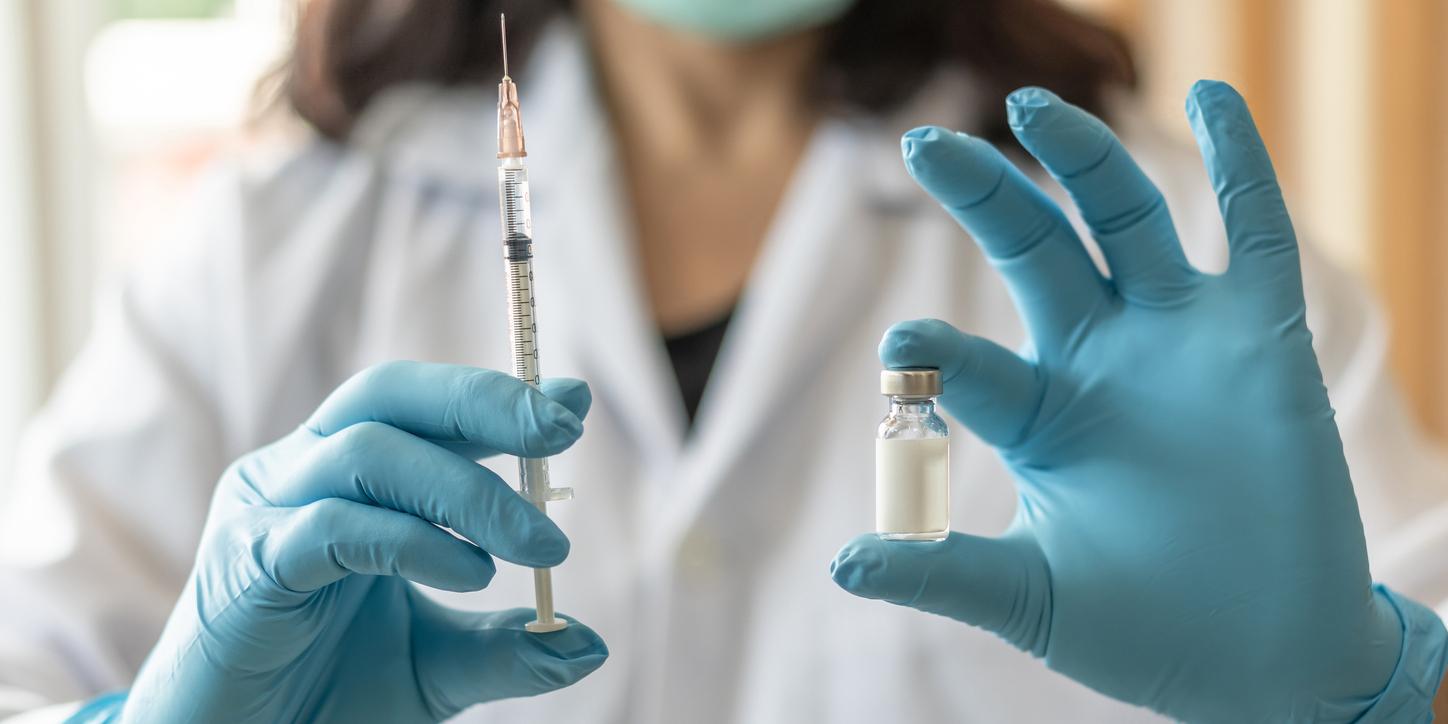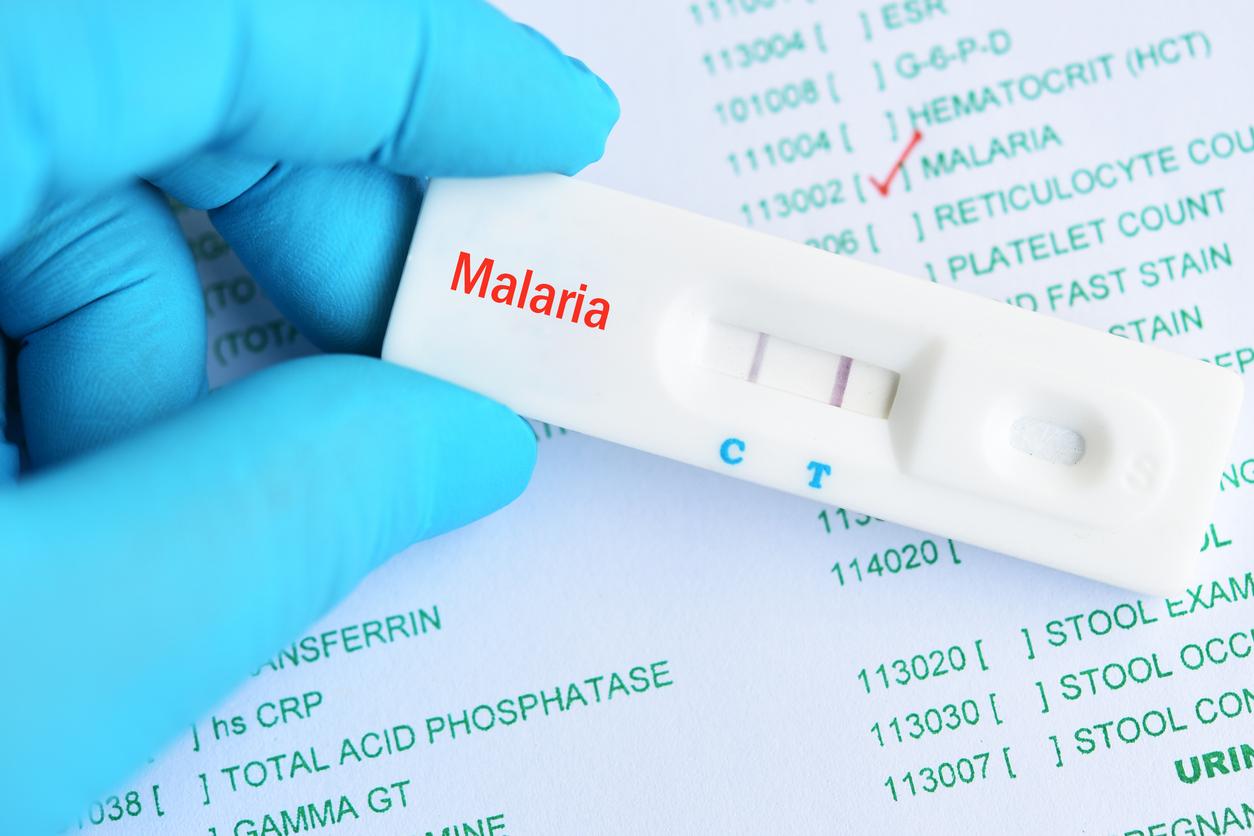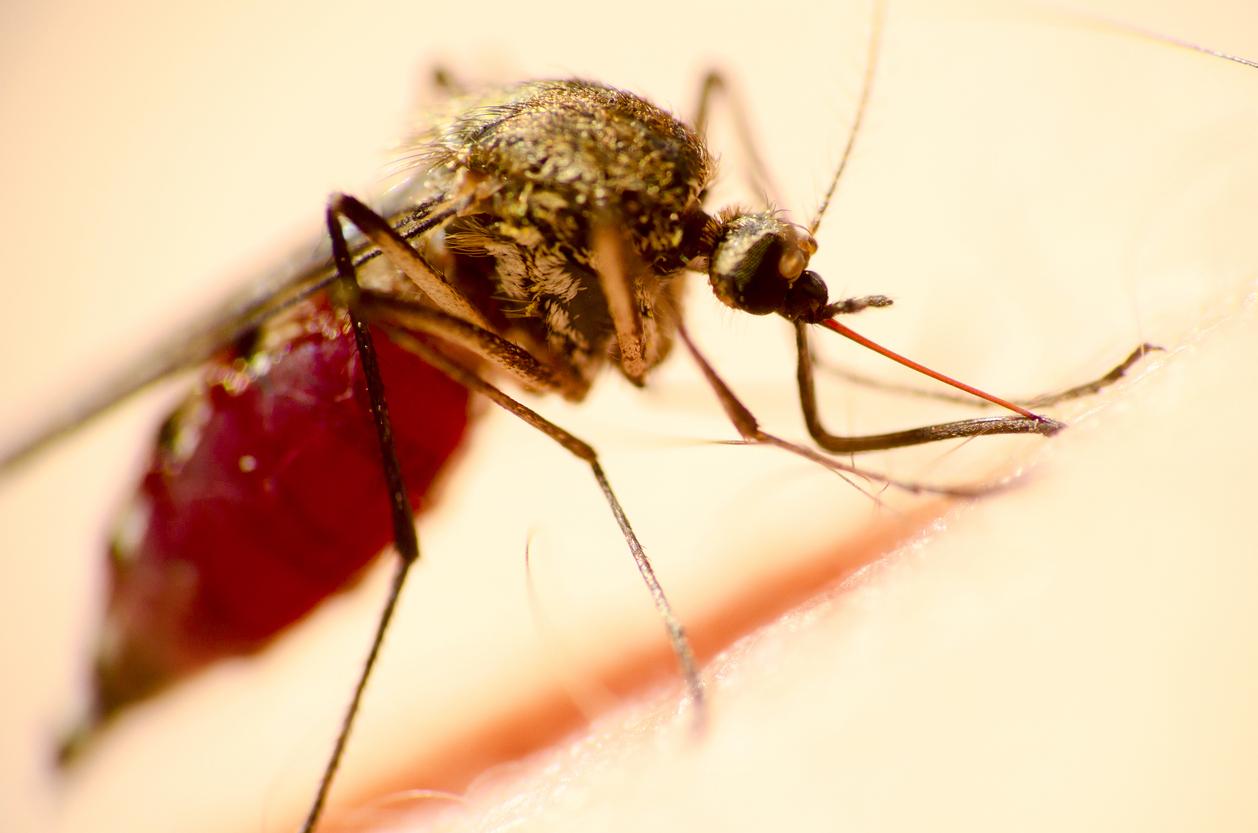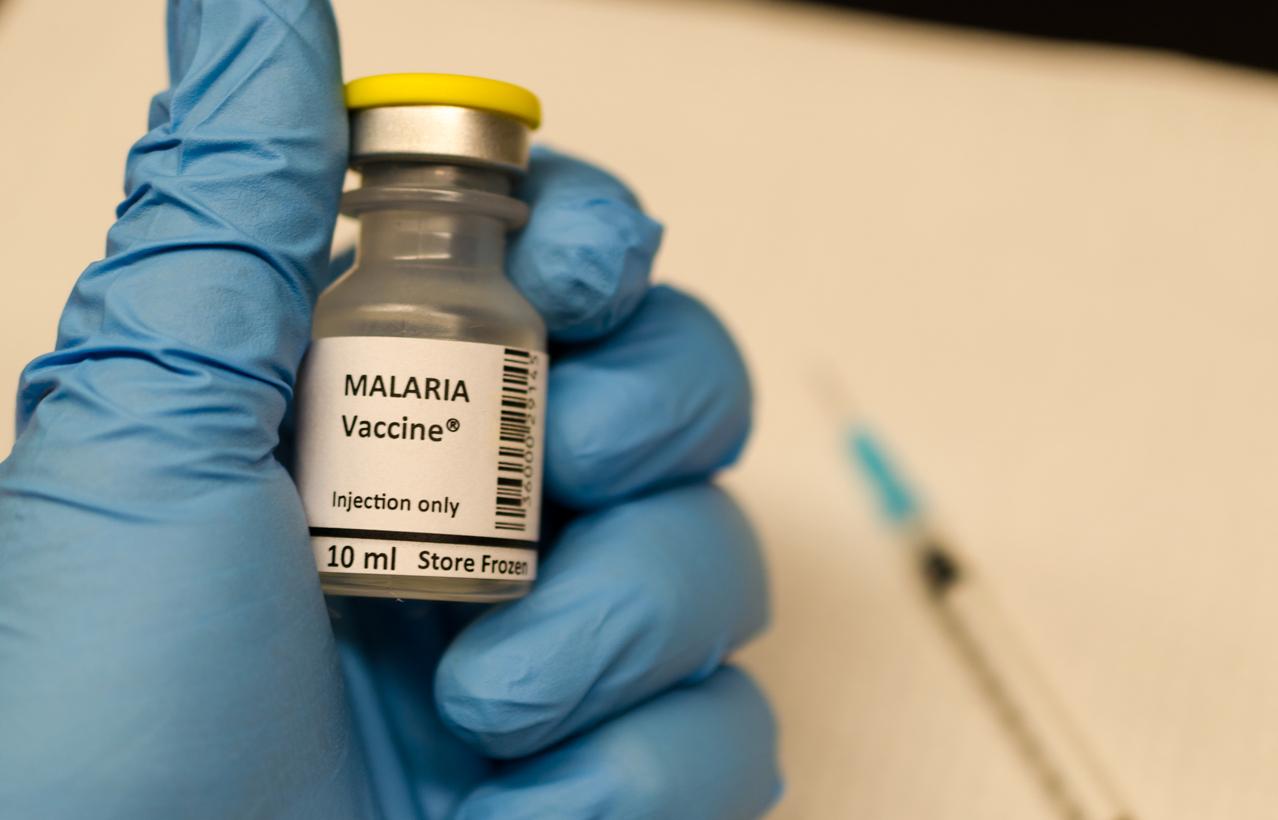Researchers have developed a capsule capable of delivering drugs for several weeks. In pigs, it resisted 10 days.
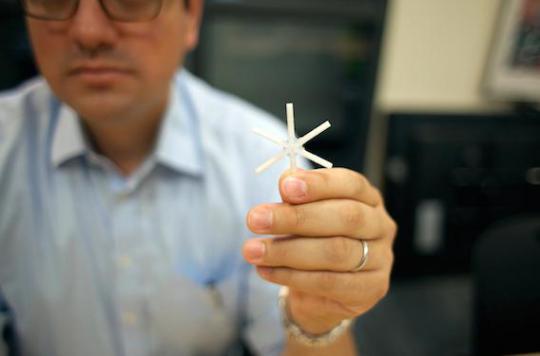
One tablet per day, morning and evening. Many chronically ill patients have such a prescription. A constraint that pushes 60% of French people not to follow their treatment correctly. This daily intake could be a bad memory one day. American researchers are developing a new capsule capable of lingering in the stomach for several weeks. Preclinical pig trials, published in Science Translational Medicine, have proven to be conclusive.
Star shaped
“Until now, oral medications have lasted no more than a day,” explains Robert Langer, co-author of this study. This limit poses several problems, in terms of access to drugs and patient compliance. The device they have developed aims to solve this. Indeed, the capsule develops in a star when ingested. It is then ample enough not to come out of the stomach but thin enough to allow food to pass through. The structure of the branches is made of a rigid polymer. His heart looks like a gum gradually degraded by stomach acids.
On paper, the project is promising. Pig tests are also encouraging. The animals received a capsule containing ivermectin, an antiparasitic treatment indicated for malaria. The method proved to be effective: the star remained in place for 10 days. During this period, the drug gradually spread throughout the body. The structure did not adhere to the walls of the stomach. Likewise, the food was able to pass properly.
Wide applications
“This paves the way for very long oral treatments, which could have an impact on many diseases such as Alzheimer’s or mental health disorders”, enthuses Robert Langer. In malaria alone, the promise is real. Ivermectin is based on a particular mechanism: the drug must interrupt the transmission of the parasite by killing infected mosquitoes. Normally, this assumes full compliance.
But according to the World Health Organization (WHO), only half of people in industrialized countries and 30% of those in developing countries are on treatment. This lack of seriousness favors the development of resistance. The mathematical modeling performed by the researchers shows that if 70% of the target population, transmission could be reduced by 90%.

.










